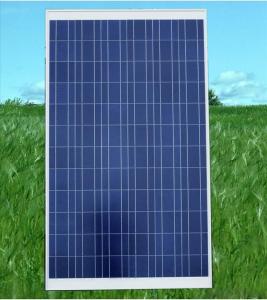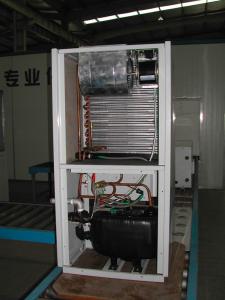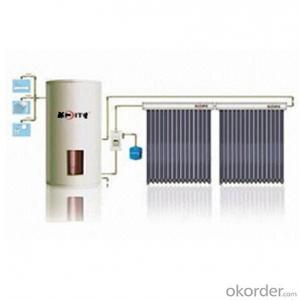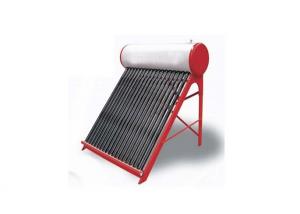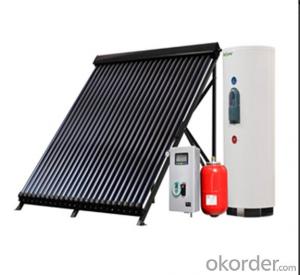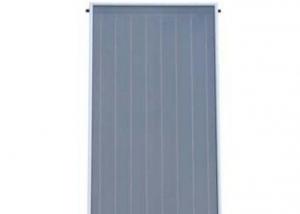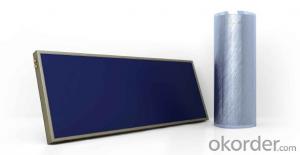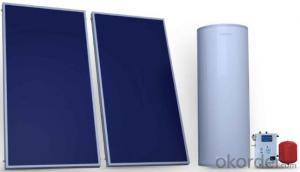Poland Solar Inverter
Poland Solar Inverter Related Searches
Solar Inverter Poland Germany Solar Inverter Solar Solar Inverter Solar Inverter Italy Japanese Solar Inverter Prag Solar Inverter Power Solar Inverter Inverter Solar Power Inverter Solar Austrian Solar Inverter Uk Solar Inverter Solar Plant Inverter Solar Power Inverter System Powland Solar Inverter Solar Smart Inverter Solar Electric Inverter Chinese Solar Inverter Inverter Power Solar Siemens Solar Inverter Portable Solar Inverter Panel Solar Inverter Solaris Solar Inverter Pwm Solar Inverter Smart Inverter Solar Smart Solar Inverter Powmr Solar Inverter Solar Energy Inverter Solar Panel Inverter Solar Powered Power Inverter Inverter Solar PanelPoland Solar Inverter Supplier & Manufacturer from China
Poland Solar Inverter, a collection of advanced solar power conversion devices, is designed to optimize the performance of photovoltaic systems. These inverters play a crucial role in converting the direct current (DC) generated by solar panels into alternating current (AC), which can be utilized by electrical grids and appliances. The product range covers a variety of solar inverters, including string inverters, central inverters, and micro-inverters, catering to different solar power system requirements.The application and usage scenarios of Poland Solar Inverter are diverse, making it suitable for residential, commercial, and utility-scale solar installations. These inverters are essential in ensuring maximum energy yield and efficiency, as they manage the power flow from solar panels to the grid or local electrical systems. They also provide functionalities such as monitoring and diagnostics, helping users to maintain optimal system performance and troubleshoot any issues that may arise.
Okorder.com, as a wholesale supplier, offers a comprehensive inventory of Poland Solar Inverter products, ensuring that customers have access to a wide range of options to suit their specific needs. With a focus on quality and reliability, Okorder.com is committed to providing customers with top-tier solar inverters that meet the highest industry standards. This extensive selection, combined with competitive pricing and excellent customer service, makes Okorder.com a preferred choice for those seeking to invest in Poland Solar Inverter solutions.
Hot Products

